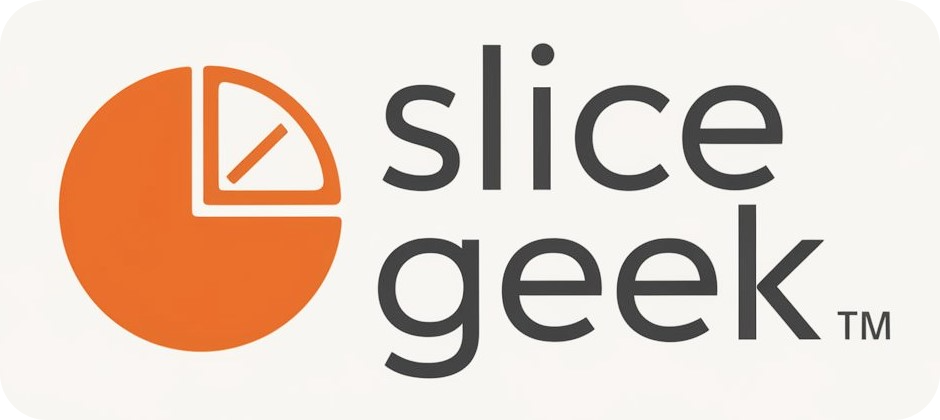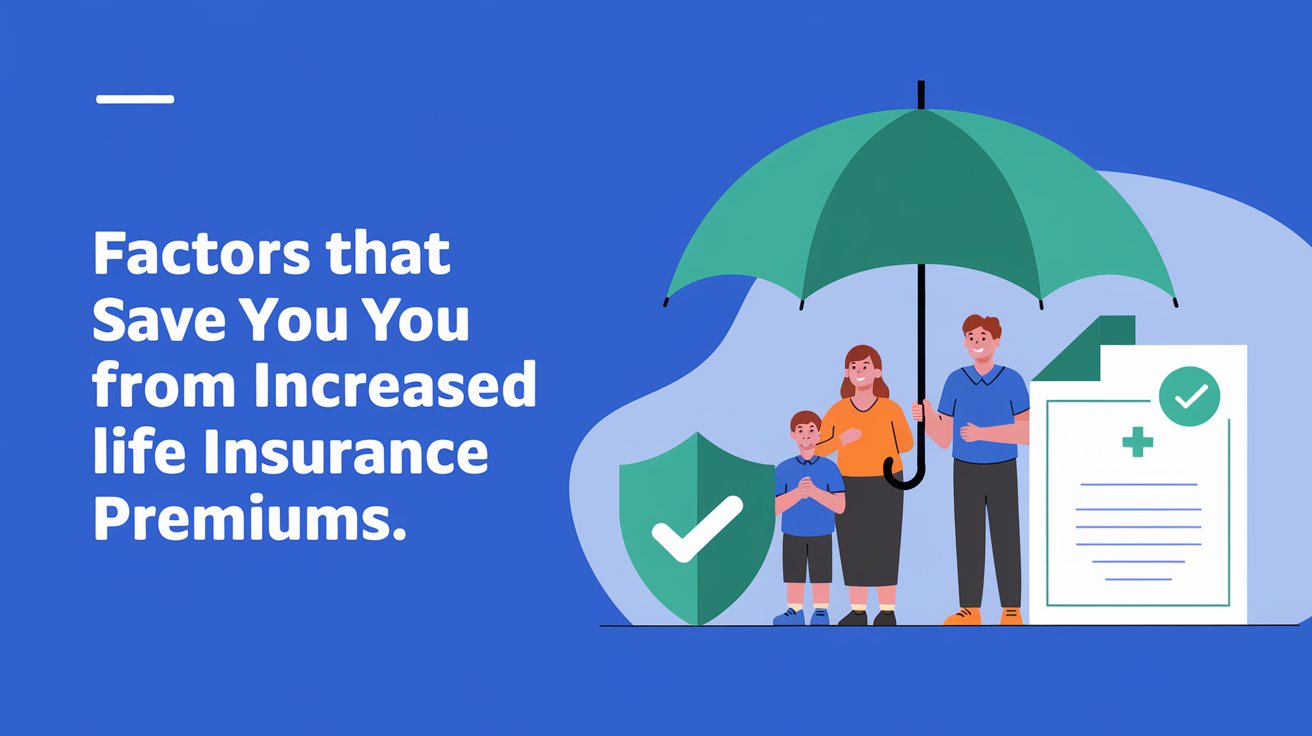Life insurance is a crucial financial tool that provides security and peace of mind for you and your loved ones. However, the cost of life insurance premiums can be a concern for many individuals. Various factors determine how much you pay for your life insurance policy, and understanding these factors can help you make informed decisions that potentially save you from increased premiums. Whether you’re considering purchasing a new policy or looking to lower the costs of your existing one, there are several strategies you can employ to keep your premiums manageable. This blog will explore the key factors that can help you avoid increased life insurance premiums.
Maintain a Healthy Lifestyle
One of the most significant factors influencing life insurance premiums is your overall health. Insurers assess your health to determine the risk they are taking by insuring you. By maintaining a healthy lifestyle, you can reduce the likelihood of developing serious health conditions, which in turn can help you secure lower premiums. Regular exercise, a balanced diet, and avoiding harmful habits like smoking and excessive alcohol consumption are all steps you can take to improve your health profile.
Insurers often require a medical exam as part of the underwriting process. This exam typically includes measurements of your height, weight, blood pressure, cholesterol levels, and other vital statistics. The results of this exam play a crucial role in determining your premium rates. By focusing on maintaining good health, you can present a favorable profile to the insurer, which may result in lower premiums.
Additionally, some insurers offer wellness programs that reward policyholders for healthy behaviors. These programs may include discounts or incentives for maintaining a healthy lifestyle, such as regular exercise, healthy eating, and routine medical checkups. Participating in these programs can further help you save on your life insurance premiums.
Choose the Right Type of Policy
Selecting the right type of life insurance policy is another critical factor that can impact your premiums. There are different types of life insurance policies available, including term life, whole life, and universal life insurance. Each type of policy comes with its own set of features, benefits, and costs. Understanding the differences between these policies can help you choose the one that best suits your needs and budget.
Term life insurance is often the most affordable option. It provides coverage for a specified period, such as 10, 20, or 30 years. If you pass away during the term, the policy pays a death benefit to your beneficiaries. Because term life insurance is temporary and does not build cash value, it generally has lower premiums compared to whole life or universal life insurance.
Whole life insurance, on the other hand, provides coverage for your entire life and includes a cash value component that grows over time. While whole life insurance offers additional benefits, such as the ability to borrow against the cash value, it typically comes with higher premiums. Universal life insurance is similar to whole life but offers more flexibility in premium payments and death benefits. However, this flexibility can also result in fluctuating premiums.
Choosing a term life insurance policy that aligns with your financial goals and coverage needs can help you avoid higher premiums. If permanent coverage is essential for you, consider a policy with adjustable features that allow you to manage premium costs over time.
Purchase Life Insurance at a Younger Age
Age is a significant factor that influences life insurance premiums. Generally, the younger you are when you purchase a life insurance policy, the lower your premiums will be. This is because younger individuals are considered lower risk by insurers, as they are less likely to have developed health issues and have a longer life expectancy.
By purchasing life insurance early, you can lock in lower premiums that will remain consistent throughout the life of the policy. As you age, the cost of life insurance increases, making it more expensive to obtain coverage. Additionally, purchasing life insurance when you are young allows you to secure coverage before any health issues arise that could lead to higher premiums or disqualification from coverage.
If you already have a life insurance policy, consider reviewing it periodically to ensure it still meets your needs. If you anticipate a future need for additional coverage, purchasing a supplemental policy while you are still young and healthy can help you avoid the higher costs associated with older age.
Maintain a Clean Driving Record
Your driving record can also affect your life insurance premiums. Insurers consider individuals with a history of traffic violations, accidents, or reckless driving to be higher risk. A clean driving record, on the other hand, signals responsible behavior and reduces the likelihood of accidents or injuries that could result in a claim.
If you have a history of traffic violations, taking steps to improve your driving habits and maintaining a clean record over time can lead to lower life insurance premiums. Some insurers may offer discounts or rate reductions for drivers who have a safe driving history. Additionally, enrolling in defensive driving courses or other driver education programs can demonstrate your commitment to safe driving, which may help reduce your premiums.
It’s important to disclose any driving-related issues on your life insurance application, as failure to do so could result in policy cancellation or denial of benefits. Being transparent about your driving history and taking proactive steps to improve your driving record can help you secure more favorable premium rates.
Avoid High-Risk Activities and Occupations
Certain activities and occupations are considered high-risk by life insurance companies, leading to increased premiums. High-risk activities may include extreme sports, such as skydiving, scuba diving, or rock climbing. Occupations that involve hazardous conditions, such as firefighting, construction, or working with heavy machinery, are also classified as high-risk.
If you engage in high-risk activities or work in a hazardous occupation, be aware that this could result in higher life insurance premiums. Insurers evaluate the likelihood of injury or death associated with these activities and occupations, and adjust premiums accordingly. In some cases, they may even exclude coverage for certain activities.
If possible, reducing participation in high-risk activities or switching to a less hazardous occupation can help you avoid increased premiums. Additionally, you may be able to negotiate with your insurer to exclude coverage for specific activities, which could result in lower premiums. However, it’s essential to disclose any high-risk activities or occupations accurately on your life insurance application, as failure to do so could jeopardize your coverage.
Quit Smoking and Avoid Tobacco Use
Tobacco use is one of the most significant factors that can lead to increased life insurance premiums. Smokers and tobacco users are considered higher risk by insurers due to the well-documented health risks associated with smoking, such as heart disease, cancer, and respiratory issues. As a result, smokers often pay significantly higher premiums than non-smokers.
If you currently smoke or use tobacco products, quitting can have a substantial impact on your life insurance premiums. Many insurers require individuals to be tobacco-free for a certain period, typically 12 months, before offering non-smoker rates. Once you have successfully quit smoking, you can request a review of your policy and potentially qualify for lower premiums.
In addition to reducing your life insurance premiums, quitting smoking has numerous health benefits, including improved lung function, reduced risk of chronic diseases, and increased life expectancy. The decision to quit smoking is not only a positive step for your health but also a smart financial move that can save you money on life insurance.
Improve Your Credit Score
While it may not be immediately obvious, your credit score can influence your life insurance premiums. Insurers often use credit-based insurance scores to assess the financial risk of insuring an individual. A higher credit score is typically associated with lower risk, which can result in lower life insurance premiums.
If you have a low credit score, taking steps to improve it can help you secure more favorable life insurance rates. Paying bills on time, reducing outstanding debt, and correcting any errors on your credit report are all effective ways to boost your credit score. Over time, a higher credit score can lead to better premium rates and more affordable coverage.
It’s important to note that not all insurers use credit-based insurance scores, and the impact of your credit score on your premiums may vary. However, maintaining good financial habits and improving your credit score is beneficial for both your insurance costs and your overall financial health.
Review and Compare Policies
One of the most effective ways to avoid increased life insurance premiums is to review and compare policies regularly. The life insurance market is competitive, and different insurers offer varying rates and coverage options. By comparing multiple quotes and policies, you can identify the best deal that meets your needs without overpaying for coverage.
When comparing policies, consider factors such as the type of coverage, premium rates, policy features, and any additional riders or benefits. It’s also essential to review the financial stability and reputation of the insurance company to ensure they can meet their obligations in the event of a claim.
If you already have a life insurance policy, periodically reviewing it can help you assess whether it still aligns with your current needs and financial goals. Life events such as marriage, the birth of a child, or changes in employment may necessitate adjustments to your coverage. By staying proactive and regularly evaluating your options, you can avoid unnecessary premium increases and ensure that your life insurance policy remains cost-effective.
Conclusion
Life insurance is a vital component of financial planning, providing protection and security for your loved ones. While life insurance premiums can vary based on several factors, there are steps you can take to keep your costs manageable. Maintaining a healthy lifestyle, choosing the right type of policy, purchasing coverage at a younger age, and avoiding high-risk activities are all strategies that can help you avoid increased premiums.
Additionally, quitting smoking, improving your credit score, and regularly reviewing and comparing policies can lead to significant savings over time. By understanding the factors that influence life insurance premiums and taking proactive measures, you can secure affordable coverage that meets your needs while providing peace of mind for the future.
Remember, life insurance is not just about cost—it’s about ensuring that your loved ones are financially protected in the event of your passing. By making informed decisions and managing the factors within your control, you can obtain the best possible life insurance coverage at a price that fits your budget.





